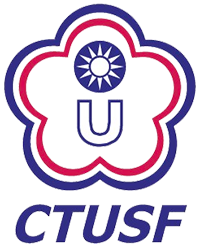Sports & Exercise Research Volume 23 Number 4
Author:Sz-Yan Wu ; Ching-Hsiu Chiang ; Tai-Fen Sung ; Chin-Kuei Yang ; Sheng-Kuang Wu
Period/Date/Page:Vol. 23 No. 4 (2021 / 12 / 31) , P450 - 463
DOI:10.5297/ser.202112_23(4).0008
Analysis of Lung Function in Elite Swimmers: A One-Year Follow Research
Abstract:The purpose of this study was to analyze the changes of lung function in elite swimmers for 1 year through 3 different training periods, including preparatory, competitive, and transition phases. A total of 32 swimmers aged from 16 to 22 years from Taiwan (16 males and 16 females) were recruited, and categorized into short- (n = 15) and mid-to-long- (n = 17) distance swimmer groups based on their primary swimming events with the best performance. The cardiopulmonary function of participants was assessed using the blood pressure instrument, lung spirometry, and 20-meter shuttle run testing. Two-way (Gender × Distance) analysis of variance (ANOVA) was used to compare the group differences in body height or age. Three-way (Gender × Distance × Phase) repeated measures ANOVA was used to compare the group/phase differences in body composition, cardiovascular parameters, predicted maximal oxygen consumption (VO_(2max)), and pulmonary function indices (controlling for Body Height). Results showed that the male simmers were not only taller than the female swimmers, but also having higher values of forced expiratory volume in 1 second and maximal ventilation volume in 10 seconds. The mid-to-long-distance swimmers had a greater VO_(2max) than the short-distance swimmers, but pulmonary function indices were not significantly different between the groups. The swimmers' blood pressure and VO_(2max) were significantly higher in the competitive phase, but not pulmonary function parameters. In conclusion, there were no significant differences in pulmonary function indices among training periods and also between the groups, when taking individual body height into account. The male swimmers, however, had significantly higher cardiopulmonary function than the females. Our data can be used for selecting the talented swimmers or monitoring their training/fatigue status. Yet, further studies are necessary to investigate the changes in pulmonary function of swimmers in different competition levels or swimming styles. (Full text)




